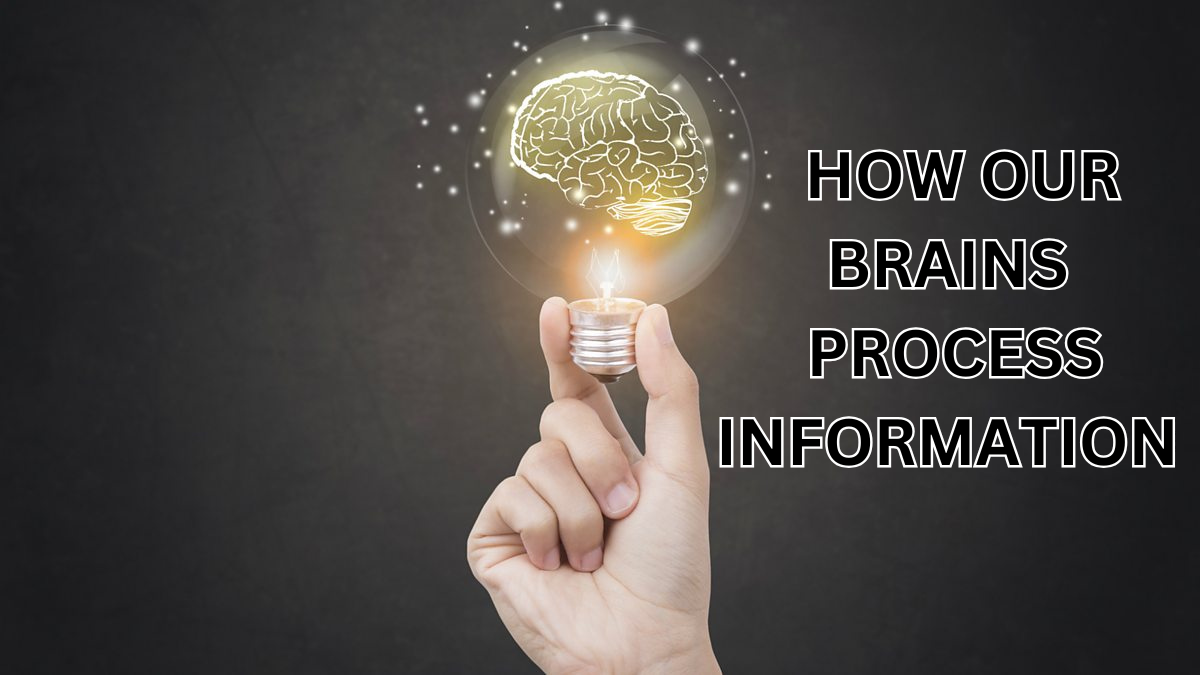Our brains are incredible organs designed to process and make sense of the world around us every moment they receive a constant stream of information from our senses what we see hear touch taste and smell this information travels through complex networks of neurons which work together to analyze interpret and respond the process begins when sensory organs send signals to specific areas of the brain for example visual information is sent to the occipital lobe while sounds are processed in the temporal lobe the brain then organizes this data compares it to past experiences and decides how to react our brains also prioritize information focusing on what seems most important while filtering out distractions.
This helps us concentrate on tasks and make quick decisions memory plays a key role as the brain stores and retrieves information to guide our actions emotions and thoughts further shape how we interpret the world adding depth to our experiences while the brain processing power is remarkable it is not flawless it can make errors rely on biases or become overwhelmed understanding how our brains work helps us appreciate their complexity and find ways to improve learning, problem-solving, and decision-making.
Sensory Input:
Sensory input is how our brains gather information about the world through our five senses sight, hearing, touch, taste, and smell each sense has specialized ears, skin, tongue, and nose that detect specific types of stimuli and send signals to the brain for example, when we see something light enters the eyes and is converted into electrical signals that travel to the brain visual cortex sound waves are captured by the ears vibrations are translated into signals and the brain processes them as sound our skin detects pressure temperature and pain giving us a sense of touch while the tongue and nose identify chemicals in food and the air allowing us to taste and smell.
Sensory input helps us navigate and interact with our environment it allows us to recognize faces enjoy music feel the warmth of the sun savor delicious meals and detect dangers like fire or loud noises the brain not only receives this data but also prioritizes and interprets it turning raw information into meaningful experiences sometimes multiple senses work together like smelling and tasting food to create a fuller understanding sensory input is essential to how we perceive and respond to the world around us.
Perception:
Perception is how our brains make sense of the sensory information we receive turning it into meaningful experiences it goes beyond simply detecting like light or sound by interpreting and organizing it in ways that help understand our surroundings for example, when we see a tree our brain combines visual input like the tree shape and color with prior knowledge to recognize it as a tree perception is influenced by factors like past experiences emotions and expectations which can shape how we interpret what we sense this process involves different parts of the brain working together for instance the visual cortex processes what we see while other areas add context and meaning.
Perception is not always perfect sometimes our brain fills in gaps or makes assumptions which is why we experience optical illusions or misunderstand sounds perception also varies between individuals as our unique backgrounds and perspectives shape how we interpret the same stimulus recognizing a friend voice appreciating a piece of art or interpreting facial expressions perception is a key part of how we connect with the world it helps us react communicate and make decisions based on the information we gather.
Attention and Filtering:
Attention and filtering are essential processes that help our brains manage the overwhelming amount of information we encounter every moment attention allows us to focus on what is most important while filtering helps us ignore distractions and irrelevant details for example, when studying in a noisy room our brain can prioritize the words on the page while tuning out background chatter this ability is crucial for making sense of our environment and staying productive the brain filtering system is influenced by several factors such as the importance of the information emotional connections or the novelty of a stimulus.
On the other hand tasks that require like solving a puzzle or having a deep conversation involve sustained attention which can be mentally taxing over time while attention helps us focus it also has limits our brains can only process so much information at once which is why multitasking often leads to mistakes or missed details by understanding how attention and filtering work we can improve our ability to concentrate and manage distractions helping us perform better in daily activities and decision-making.
Learning and Plasticity:
Learning and plasticity are closely connected processes that allow our brains to grow and adapt over time learning is how we acquire new knowledge or skills while plasticity refers to the brain’s ability to change and reorganize itself in response to experiences when we learn something new like how to ride a bike or solve a math problem our brain forms new connections between neurons (brain cells) these connections become stronger the more we practice which makes the skill easier over time this ability to change is what we call brain plasticity is particularly strong in younger people but it continues throughout life.
If someone loses their sight their brain may repurpose areas usually used for vision to enhance other senses like touch or after a brain injury other parts of the brain may take over the damaged functions this adaptability is one of the brain most remarkable features and is key to recovery learning and growth learning and plasticity work together to help us improve mastering a new language or adjusting to a new environment the more we challenge our brains the more they can grow and develop showing just how powerful and flexible our minds truly.




